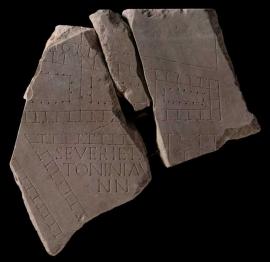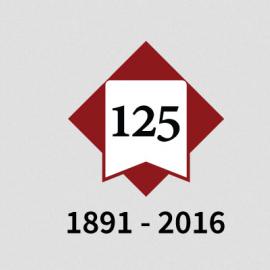
The Forma Urbis Romae (or Severan Marble Plan) is a crucial resource for studying the ancient city of Rome. Enormous in size and astonishingly detailed, it contains irreplaceable information about the city in the early 3rd c. CE--its famous monuments and its lesser-known neighborhoods, its major streets and its back alleys, its commercial infrastructure and its religious life. The Plan also tells us about ancient Roman ideas of the city, ideologies of representation, and mapping and surveying. The more we know about the Marble Plan, the more we know about imperial Rome.
Unfortunately, only 10-15% of the Plan survives--and in 1,186 pieces. Starting in the 4th c. CE, this map suffered the same fate as many other public monuments in the city of Rome. Many of the slabs onto which it was carved were simply stripped from the wall of the Templum Pacis on which it was mounted and used in the construction of new buildings, or burnt in kilns to make lime. Even after the Plan's rediscovery in the 16th c. CE, pieces of it were used as construction material and lost.
Meanwhile, the surviving fragments are difficult to work with--many are large and very heavy; others are so small that their carved surfaces don't provide much identifiable information; finally, 1,186 is simply a very large number of pieces of marble to spread out and work with. All this means that the work of identifying and interpreting pieces of the Plan has been painstaking and slow, and has focused on the most identifiable public monuments rather than on the urban fabric as a whole. It also means that this immensely important monument is little known outside the community of specialists who work on Roman topography.
Stanford's Digital Forma Urbis Romae Project is addressing these challenges by means of a collaboration between computer scientists and archaeologists. Our primary technological aim is to develop 3D matching algorithms and "solve the map." Archaeologically speaking, we are working to understand this monument in new ways and to make the Forma Urbis Romae accessible to a wide audience of scholars, teachers, students and interested members of the public.



